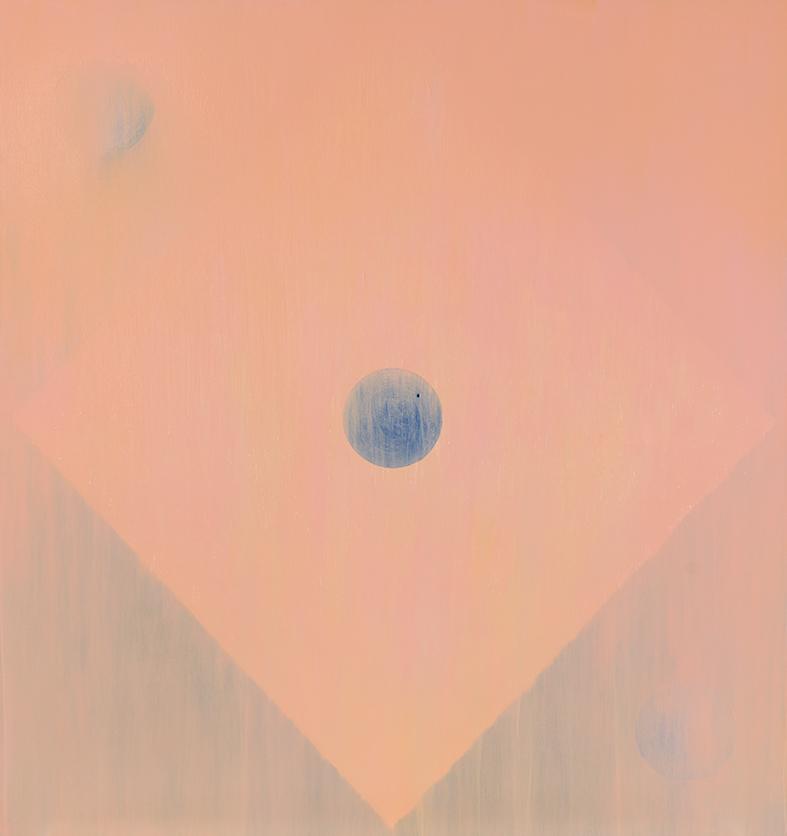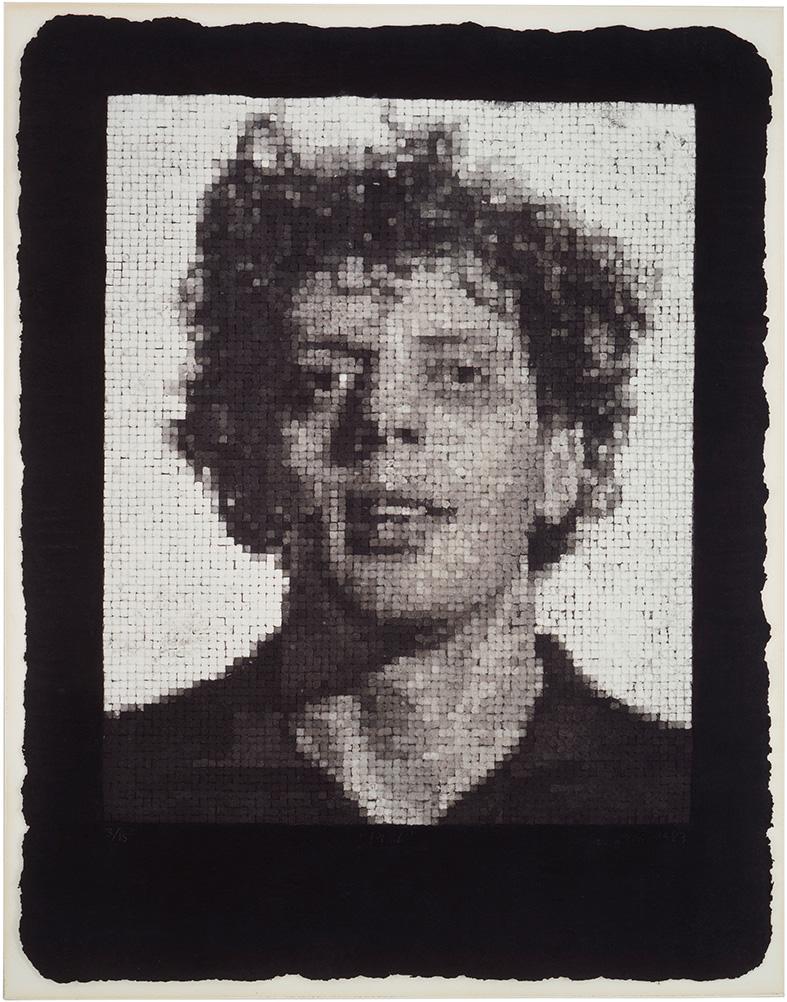"This is the simplest form / of current: Blue / moving through blue; / blue through purple; / the objects of desire / opening upon themselves / without us.” — "The Way Things Work", Jorie Graham
This is how it feels to walk through the Columbia Museum of Art's Big & Bold exhibit. The exhibition room is flooded with bright color and light, every painting and sculpture seems iridescent. For example, the painting Cape II by Sam Gilliam is a series of currents and pools of color, threading against and bleeding into one another. The piece looms over spectators, several feet taller than any person. Most art exhibits are curated under a certain theme, typically unified by the subject of the work or similarities between the artists. However, Big & Bold isn’t a collection 20th century cigar paintings, or a display of Southern female photographers. The work displayed was chosen for its emphasis on artistic concepts outside of the subject — every work seems to be an exploration of texture, luminosity, or medium. The exhibit also seeks to answer the question: does size matter?
Gilliam (born Tupelo, MS 1933) is a color field painter, meaning he poured acrylic paint directly onto an unprimed canvas. Except, color field painting was too flat and literal for Gilliam. He began bunching up the canvas, so that the paint flowed in the particular direction he wanted. The canvas itself was used as art, adding newfound element — a more holistic, immersive feeling to the work. Similarly, David Budd's painting Mars Black is a plain, all-black canvas, at least from afar. However, closer, one can see that Budd was obsessed with what goes into making a painting, every little brush stroke. It shows each layer of glimmering paint, each lifted scale, a city of texture. This piece illustrates how much effort goes into each individual stroke, the entirety of the excoriating art-making process. Each work in Big & Bold has a sense of innovation to it and a larger-than-life history.
For example, the most famous piece is inarguably a print from Andy Warhol’s Mao series. This 1976 print displays Mao Zedong, the totalitarian Chinese ruler, in gaudy neon colors, lathered on his face like stage makeup. A man named Bruno Bischofberger encouraged Warhol to paint a picture of the most important person in the 20th century, suggesting he do Albert Einstein. However, Warhol chose to do Mao. With that, he turned a man who campaigned against individualism and capitalism into a monument to artistry and consumerism. Warhol rapidly reproduced the prints of Mao in different sizes and color schemes — the height of product availability, a harlequin oxymoron.
Big & Bold displays that size does matter. It helps convey a feeling and a story. A photorealist, Chuck Close’s Phil is a hyperrealistic, enormous portrait of the composer Philip Glass. Close (born Monroe, WA, 1940) suffers from face blindness, a neurological disorder that affects the patient's ability to recognize faces. The photograph confronts that troubling reality, and emphasized his ability to overcome his disorder, with two-dimensional, stationary faces being all that he can understand. This struggle would not seem merely as pronounced if Phil could hang in a bathroom. Amy Fichter’s illustration Breasts, a series of colorful lines that form a women’s boldly stuck-out chest, stands against the societal rejection of women’s bodies. It wouldn’t be nearly as rebellious and unabashed if it could fold into a back pocket. Most strikingly, however, Big & Bold shows how important certain things are to the artists, and what they want to say the loudest.
The exhibit runs through October 23, 2016 - for more info check out Columbia Museum of Art



